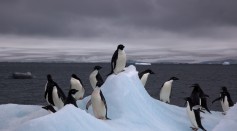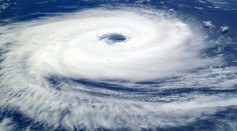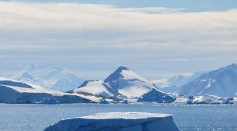environment
Scientists Have Finally Determined the Weight of Famed Stegosaurus
Climate Change Helped Fuel Syrian Civil War
Arctic Ice Thinning Much Faster Than Scientists Thought
“Alien of the Deep” Makes Its Way to the Australian Museum
Genes Show Where Penguins Called Home During the Ice Age
Solar Activity Impacts Climate More During “Cool Periods”
NASA Seeks to Improve GPS Communications with Study of Ionosphere
How the Oceans Could Be Our Salvation from Global Warming
Carbon Dioxide Caught Red Handed By Scientists
New Study Reveals Americans Believe Stopping Climate Change is a “Moral Obligation”

Life in The Cold—How Penguins Deal Without Sweet & Savory Sensations

Extreme Weather Risk Doubles Due To Global Warming

SMAP Craft Set to Move to Launch Pad

Scientists Discover Life 2,500 Feet Below Antarctic Ice
Most Popular

How Technology Is Changing the Real Estate Industry?

AI Revolution in Medical Education: Transforming How Healthcare Professionals Learn

Zombie Star Set to Light Up Night Sky: Blaze Star Could Erupt Soon

Exploring Life Beyond Earth: Study Claims Other Planets Could Be Suitable for Alien Life






